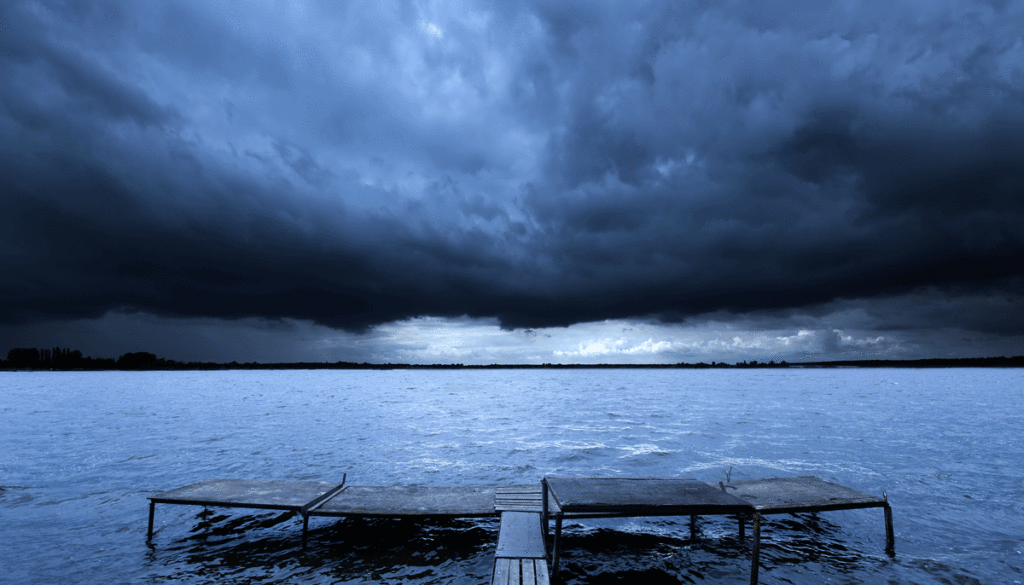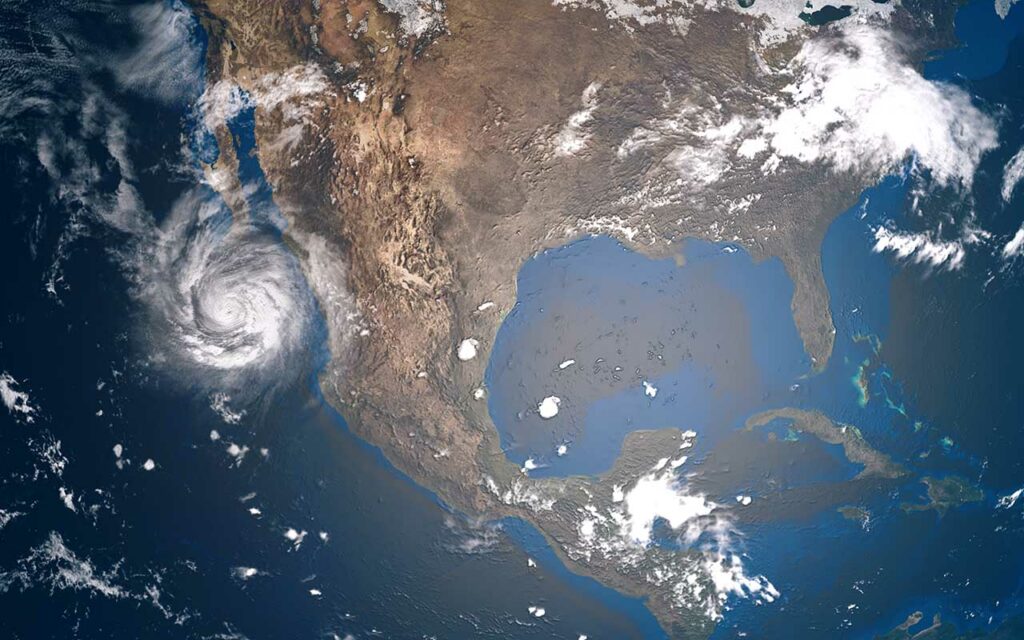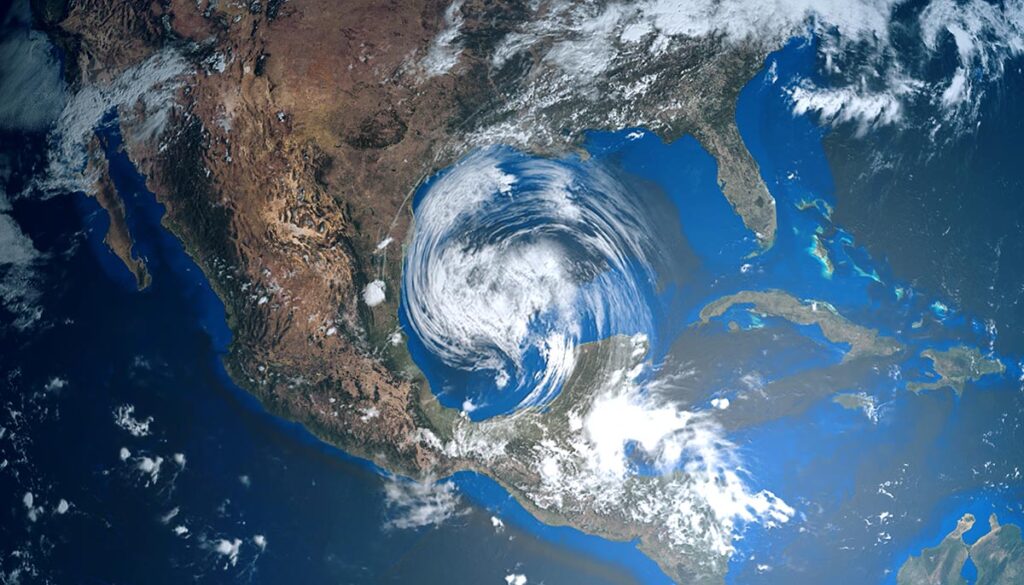One of the prevailing opinions regarding California is that the state enjoys some of the mildest, nicest weather anywhere in the US, and, indeed, anywhere in the world. Is there any truth to this? And, if it is true, why? What makes California so special?
Let’s take a look at the fascinating intersection of geography and meteorology that makes California the way it is.
Is It Actually That Nice?
Is California weather really that nice? In a word, yes. The state isn’t terribly humid, the average daily temperatures are consistent and mild, and the temperature doesn’t plunge extremely low in the winter. People move to California every year mostly for the high density of jobs, the natural beauty of the state, and, naturally, the mild weather.
The question remains, however: why? What makes the state’s weather so desirable for tourists and residents alike? It’s got everything to do with geography.
California’s Geography
The Pacific Ocean to the West, tall mountains to the East, and a mild-weather state in between. California enjoys the benefits of natural shielding from storms that blow in from the Arctic thanks to its tall mountain range. Many nasty storms that could bring polar temperatures to the region just bounce off of the Rockies and are deflected into Texas.
Just ask any Texan about how much fun a “Blue Norther” is and you’ll hear plenty about how much fun those Arctic storms are.
The storms that can hit California tend to come in from either Alaska or over the Pacific, traveling West to East. This is a tougher direction for storms to pick up speed: the Coriolis Effect is in play, working against them. In case that term is new to you, it refers to the forces that act on airborne objects on Earth due to the planet’s rotation. See, the planet isn’t spinning the right way for storms to hit California at the same speed and intensity as some Atlantic hurricanes can hit the East Coast!
The California Current
The ocean plays a huge role in regulating the temperature around the entire planet. In California, this is especially true thanks to the California Current. The water that borders the state’s shores is fast-moving and cold because it’s coming south from Alaska.
Whenever the summer temperatures could threaten to escalate past the mid-70s, the California Current is there to provide a regulating cool breeze off of the ocean. This regulating effect is so strong that places like Los Angeles and San Diego, despite their very southern latitudes, experience extremely mild summers.
The Drawbacks
It’s not all “low humidity and mild temperatures” in California, though. There are some major drawbacks to the weather in the region. The main concern to watch out for in the region is wildfires. The aforementioned storm-repellent Rocky Mountains are also great at causing drought conditions, which can lead to roaring wildfires.
Another concern in the region is the threat of earthquakes. California sits right on top of the San Andreas Faultline, which causes numerous earthquakes in the state every year. So, the weather may be great, but there are still some downsides to worry about if you’re thinking of moving there!









